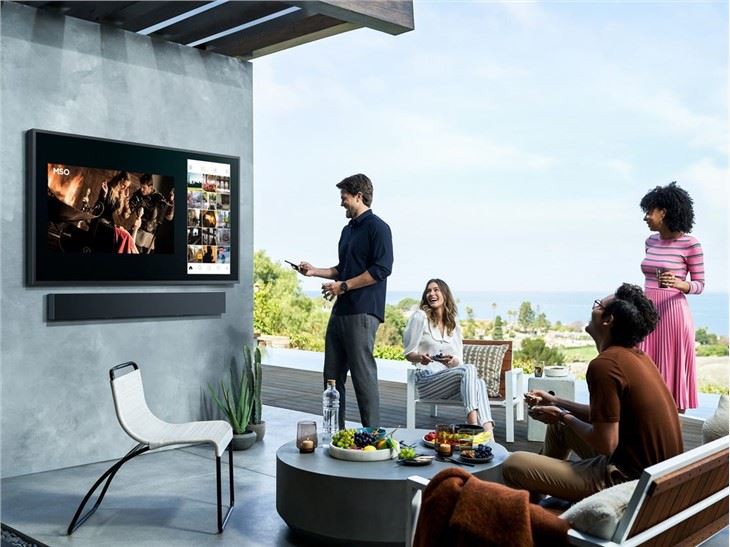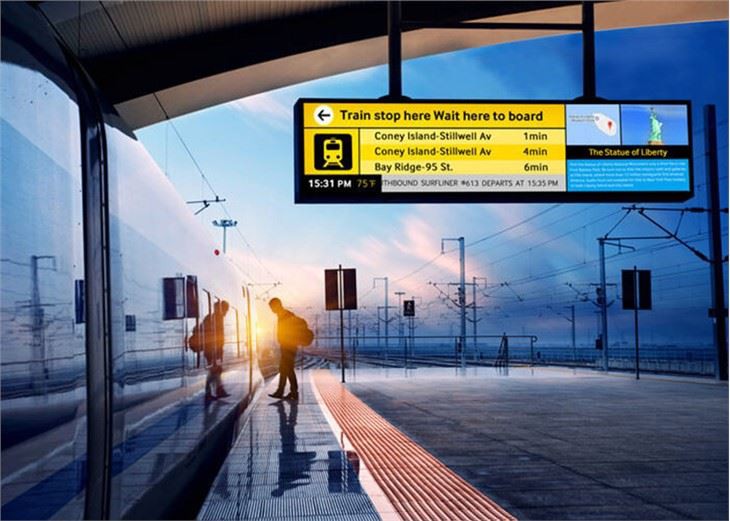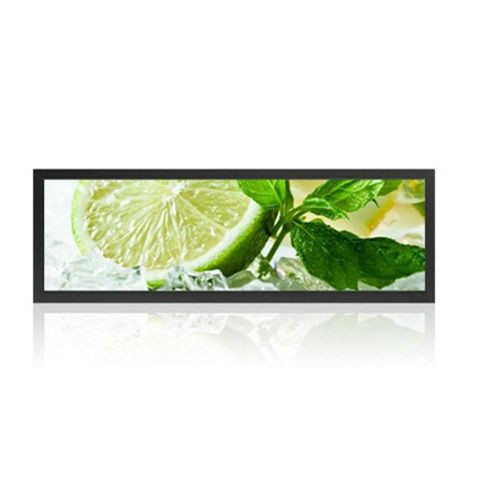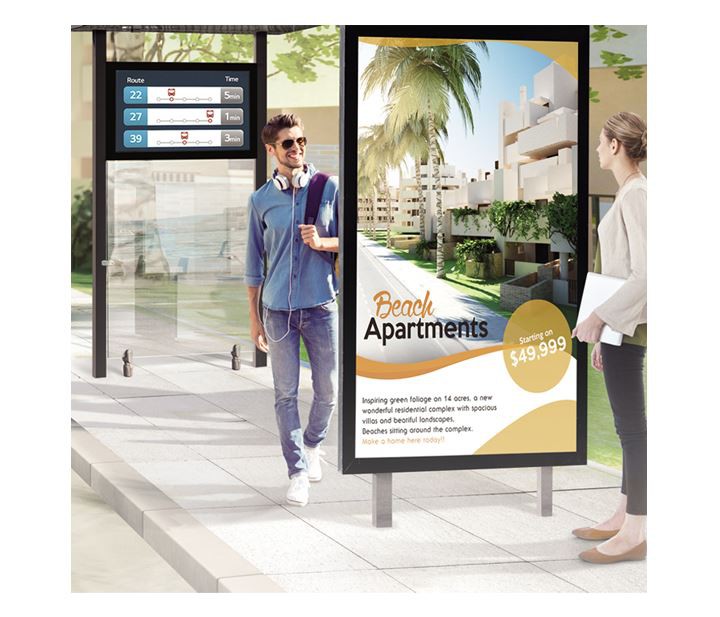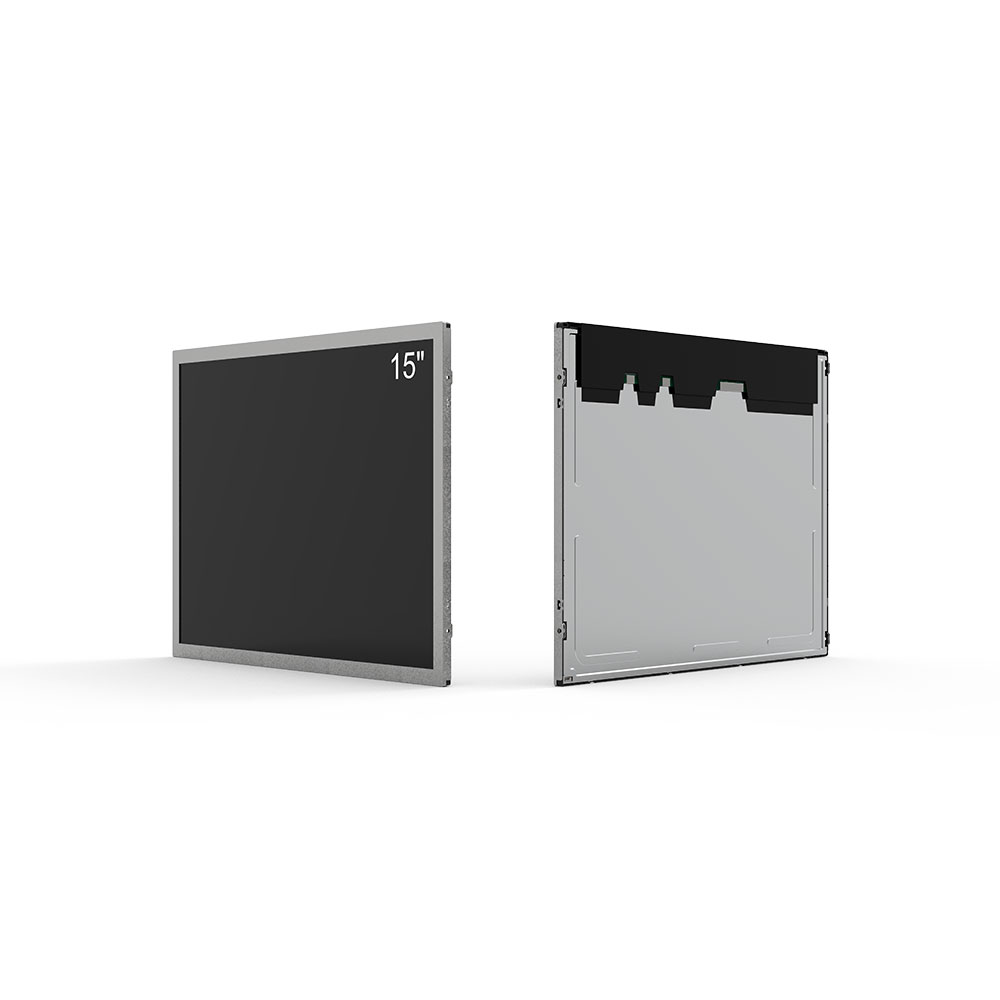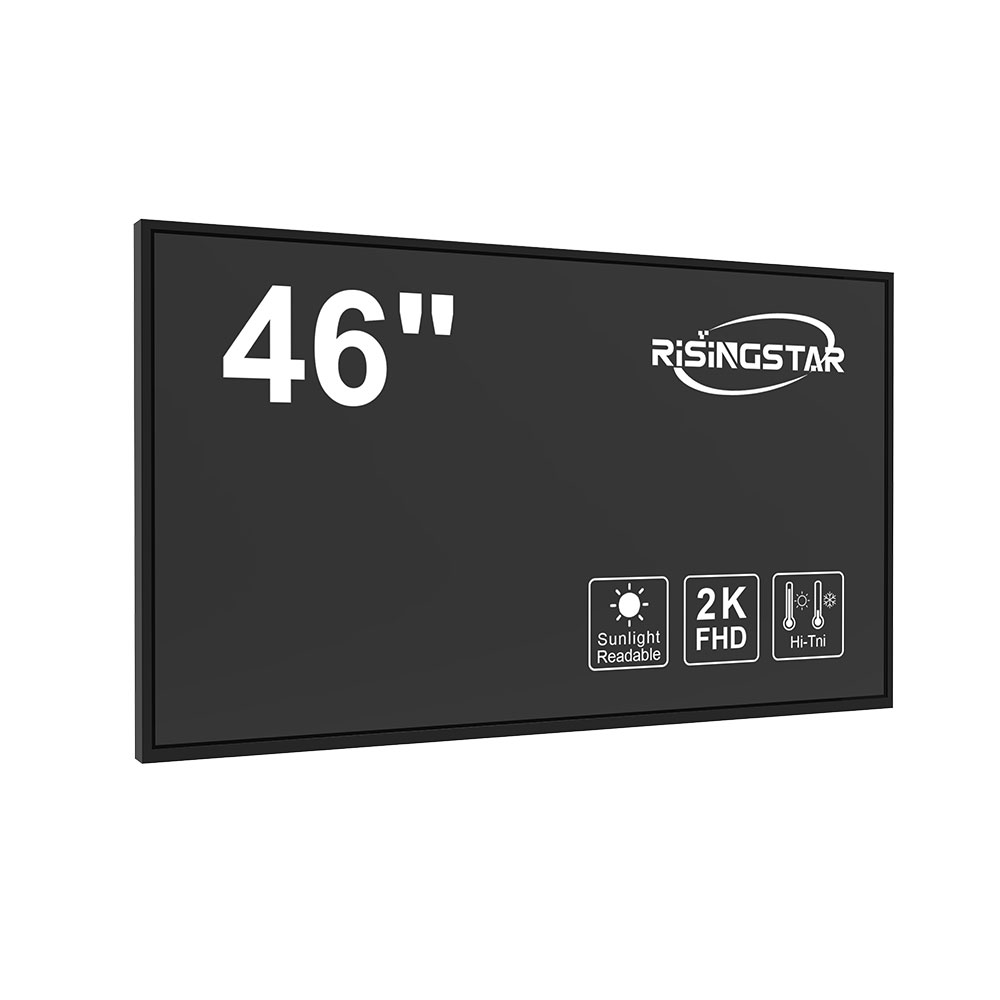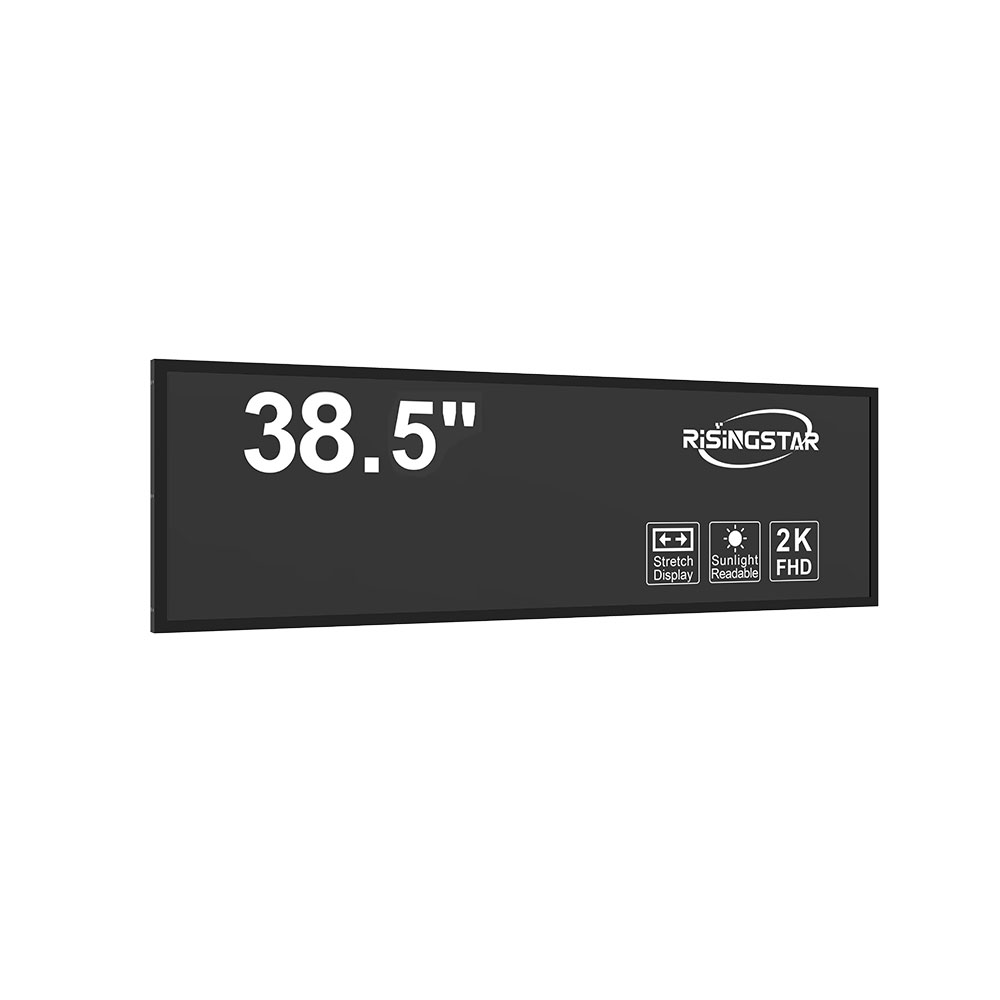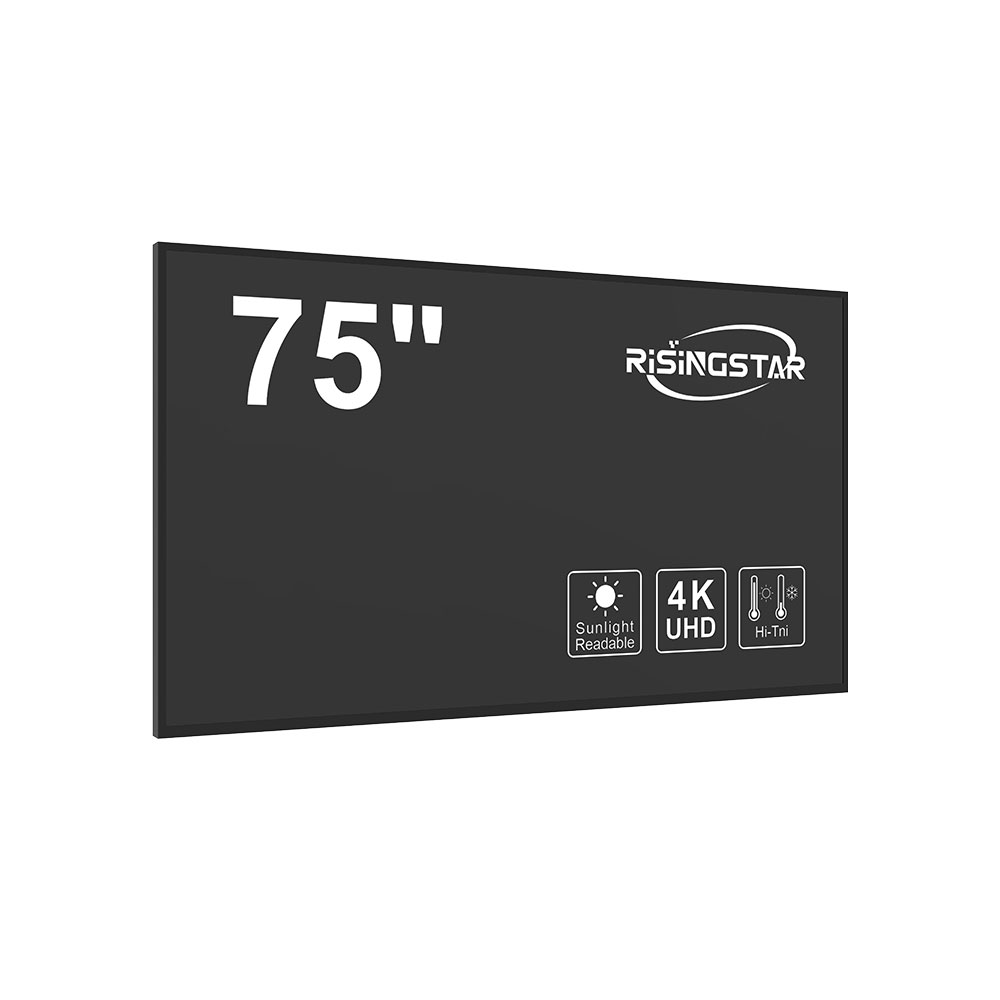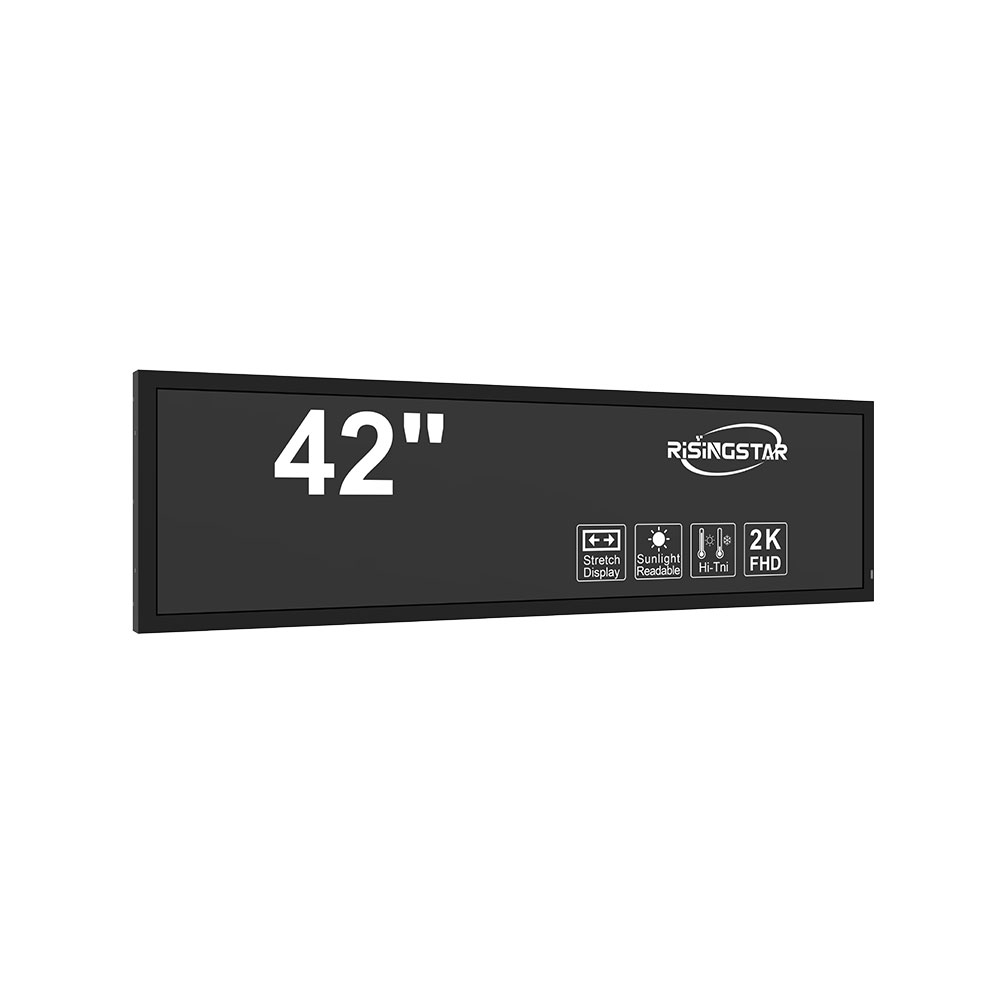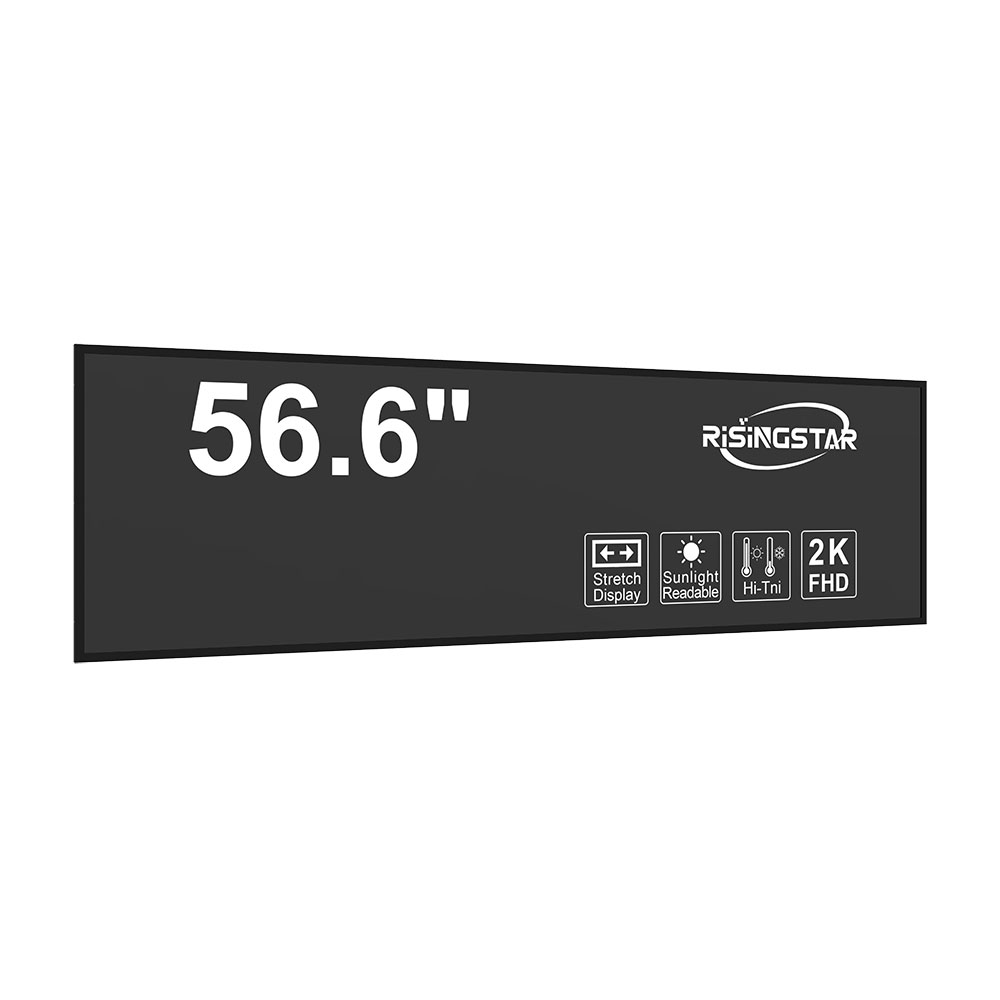In modern urban transportation systems, passenger information displays (PIDs) have evolved from simple static signs to dynamic, high-brightness outdoor LCD screens that provide real-time updates on schedules, delays, service alerts, and emergency instructions. These displays are now critical components of intelligent transport infrastructure, enabling seamless communication between transit authorities and travelers. According to the International Association of Public Transport (UITP), over 70% of global metro and bus networks now integrate digital PID solutions—driven by the need for improved operational efficiency, safety, and user satisfaction.
High-brightness outdoor LCDs are engineered to operate reliably under extreme environmental conditions, including direct sunlight exposure, temperature fluctuations ranging from -30°C to +60°C, and humidity levels exceeding 95%. Their performance is measured in nits—a unit representing luminance—and top-tier models achieve brightness levels of 5,000 to 10,000 nits. For example, LG Electronics’ Outdoor Series OLEDs and Samsung’s Digital Signage Solutions have been deployed in cities like Tokyo, London, and Singapore, where ambient light conditions demand ultra-high visibility. In contrast, indoor LCDs typically max out at 500–1,000 nits, making them unsuitable for outdoor use without additional protective enclosures or anti-glare coatings.
The core technologies behind these robust displays include LED-backlit panels, wide viewing angles (up to 178°), and advanced anti-reflective coatings. Many units also feature automatic brightness adjustment using ambient light sensors, which optimize power consumption while maintaining readability. A study published in the IEEE Transactions on Intelligent Transportation Systems found that automated brightness control can reduce energy usage by up to 30% compared to fixed-brightness systems, a significant benefit for transit agencies aiming to meet sustainability targets.
Passenger information displays are not just about showing time tables—they are part of a larger ecosystem involving IoT connectivity, cloud-based content management systems (CMS), and real-time data integration from GPS, ticketing systems, and traffic monitoring sensors. For instance, the New York City Transit Authority uses a centralized CMS to push live updates across more than 1,200 outdoor displays at subway stations, integrating data feeds from multiple sources such as the MTA’s Bus Time API and emergency alert systems. This ensures passengers receive accurate, context-aware information even during disruptions.
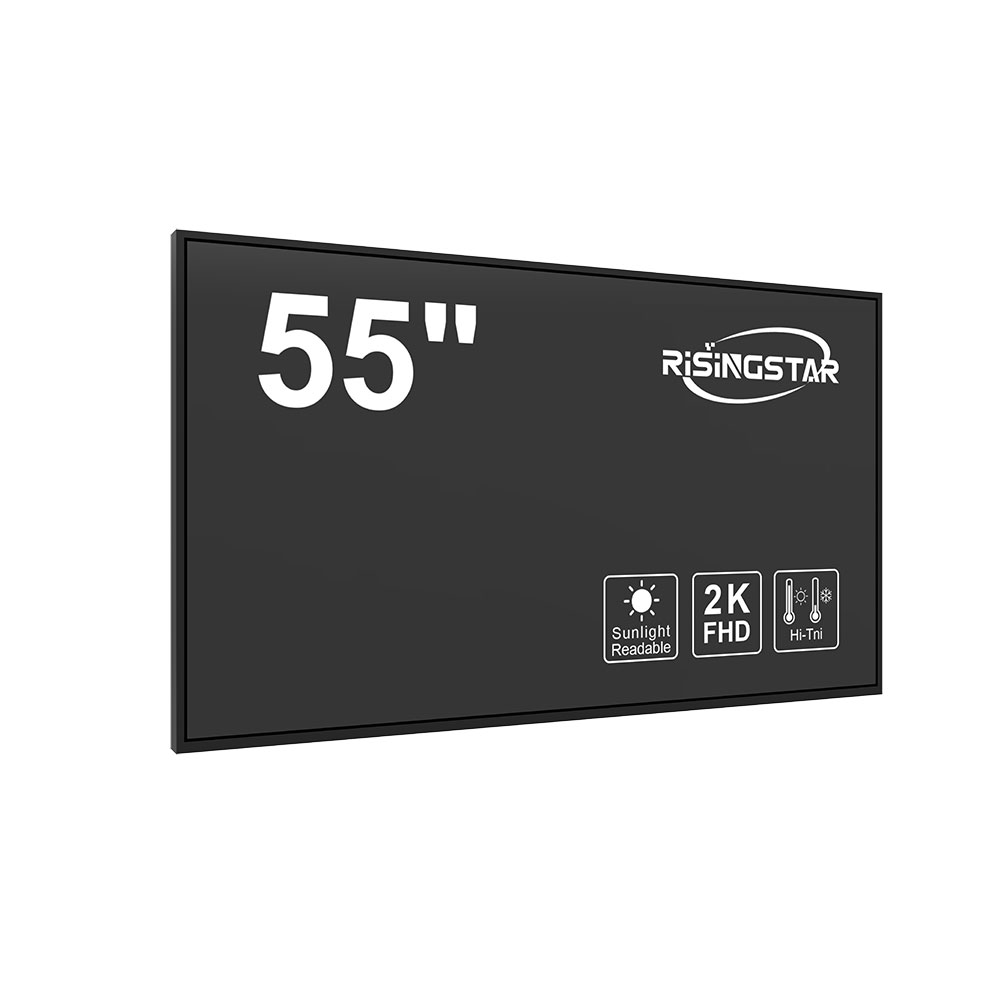
Moreover, accessibility standards such as those defined by the Americans with Disabilities Act (ADA) and the European EN 13486 regulation require PIDs to support multilingual text, audio announcements, and visual cues for visually impaired users. Modern outdoor LCDs often incorporate features like high-contrast fonts, tactile indicators, and compatibility with assistive apps like Be My Eyes or Microsoft Seeing AI. Case studies from Zurich’s public transport system show that inclusive design increases rider confidence and reduces anxiety among non-native speakers and elderly passengers by up to 40%.
From a technical standpoint, durability is paramount. The International Electrotechnical Commission (IEC) sets standards for IP ratings (Ingress Protection) to ensure resistance against dust and water ingress. Outdoor PIDs must typically achieve at least IP65 or higher, meaning they are protected from low-pressure water jets and dust accumulation. Some manufacturers, such as Panasonic and Barco, offer military-grade enclosures rated for IP68, allowing deployment in coastal areas or regions prone to heavy rainfall.
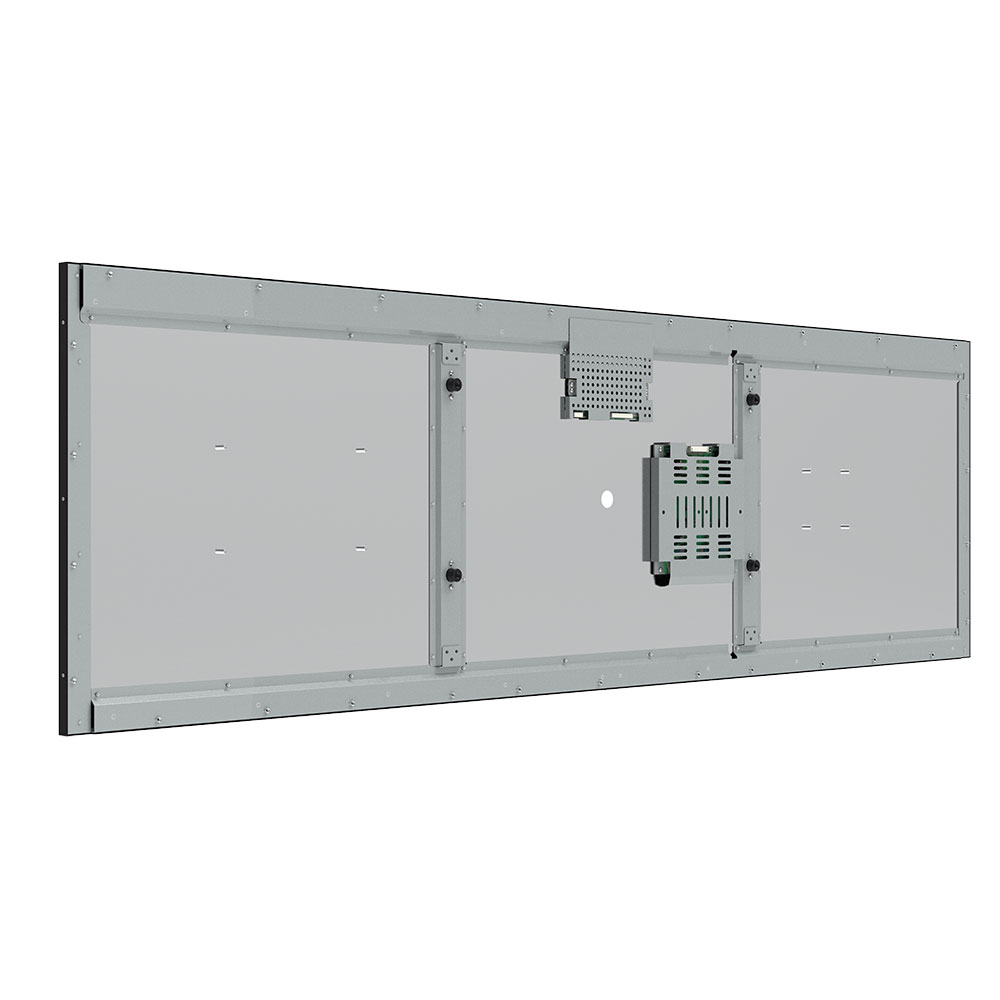
Installation and maintenance are equally important considerations. Remote diagnostics via SNMP (Simple Network Management Protocol) allow operators to monitor display health—including backlight degradation, temperature anomalies, and network connectivity—without physical site visits. Predictive maintenance powered by machine learning algorithms has emerged as a key trend; for example, Siemens Mobility's “Smart Display Analytics” platform uses historical data to forecast failures up to 30 days in advance, reducing downtime by an average of 45%.
Security is another growing concern. With the rise of cyberattacks targeting public infrastructure, outdoor displays must be hardened against unauthorized access. Secure boot mechanisms, encrypted firmware updates, and role-based access controls (RBAC) are now standard in enterprise-grade solutions. The UK’s National Cyber Security Centre (NCSC) recommends regular penetration testing and zero-trust architecture principles for all connected digital signage installations.
Economic benefits also justify investment in high-quality outdoor LCDs. While initial costs may range from $2,000 to $10,000 per unit depending on size and features, lifecycle cost analysis shows that well-maintained displays last 10–15 years with minimal replacement needs. In comparison, traditional fluorescent signage requires frequent bulb replacements and offers no real-time functionality. A 2023 report by McKinsey & Company estimates that smart PID deployments can improve customer satisfaction scores by 25–35%, directly influencing ridership growth and revenue stability.
Looking ahead, innovations in micro-LED technology and edge computing will further enhance the capabilities of outdoor PIDs. Micro-LED panels promise superior brightness, longer lifespan, and better color accuracy than current LCDs, potentially pushing luminance beyond 15,000 nits. Edge devices embedded within display units can process data locally—reducing latency and improving responsiveness during peak hours when central servers might experience congestion.
In conclusion, high-brightness outdoor LCD displays are no longer optional extras in transportation hubs—they are essential tools for creating smarter, safer, and more equitable mobility ecosystems. As cities continue to grow and digital transformation accelerates, investing in resilient, accessible, and intelligent passenger information systems will remain a top priority for urban planners, transit authorities, and technology providers alike.




